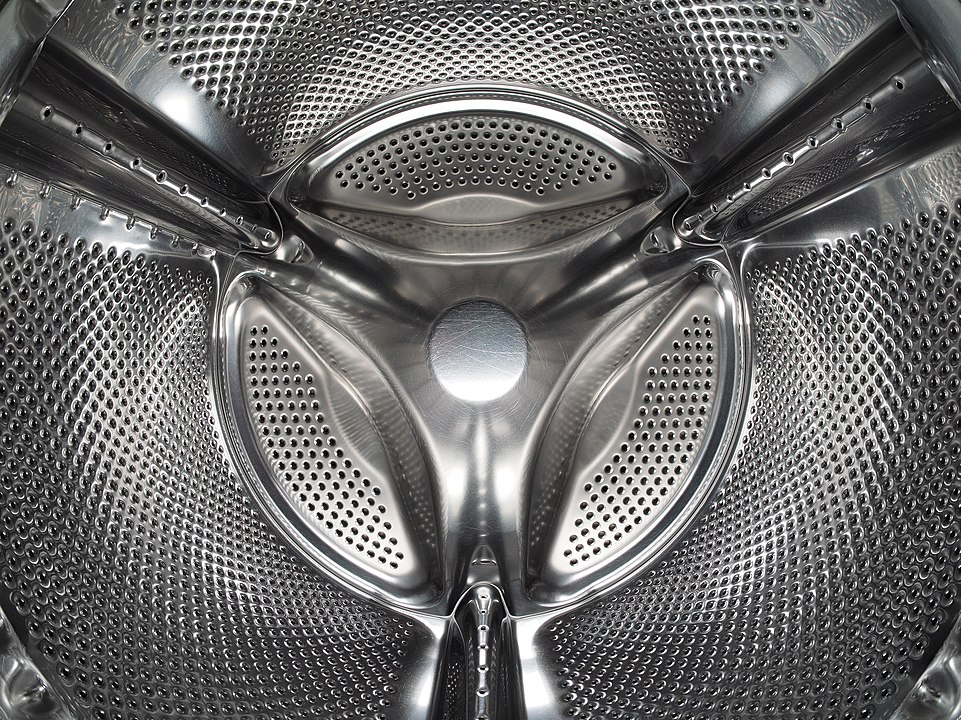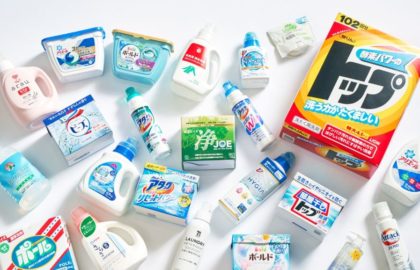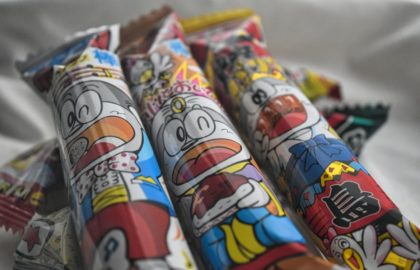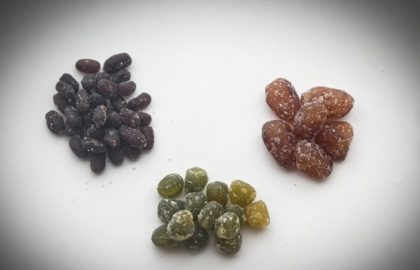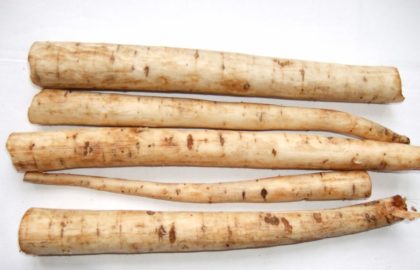This is a continuation of How to Do Laundry Part 1: Laundry Products
Now you’ve got your laundry detergent, fabric softener, and some oxygen bleach. Perhaps you’ve even double-checked the tags on your shirts and pretreated stains. Laundry is now in the washer and it is time to get cleaning.
Where to Put the Detergent?
The size of your laundry load will determine how much detergent you will use. Usually, the laundry load size is measured in liters or L, and the detergent will have measurement lines on the cap or cup to gauge how much to use in relation to that.
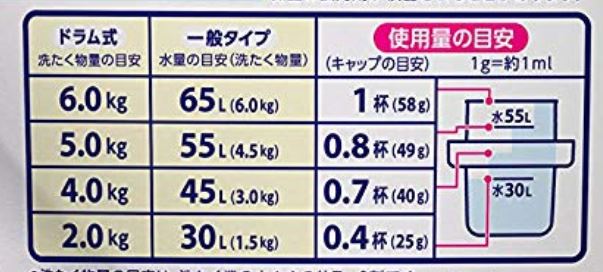
If you have liquid detergent, there should be a small well with a hole located on the side just above the laundry drum.
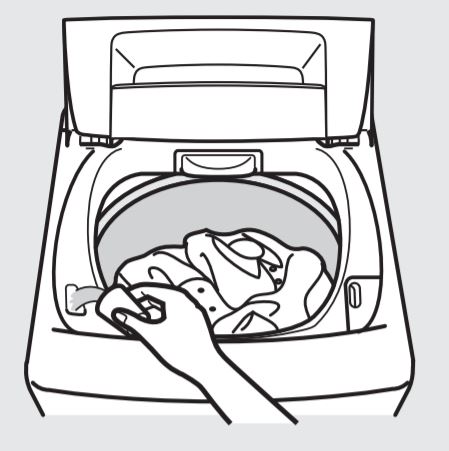
If you have powdered detergent, it should either go directly into the drum or into a pull-out tray specifically meant for powders.
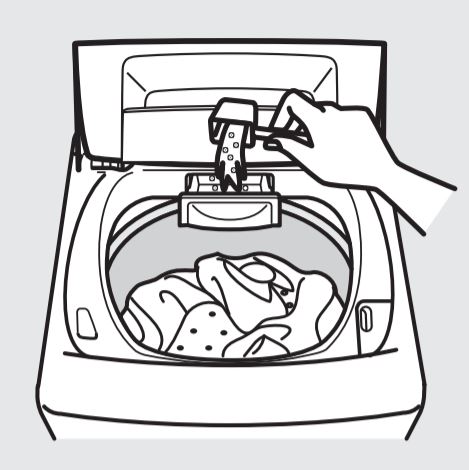
Where to Put the Fabric Softer
One of the most unusual things about Japanese washing machines is all the different receptacles to put all the laundry products. In my American washing machine, all of it went into a single tray — which was subdivided into sections, one for each product type. Though I think some of the newer front-loading machines do follow this logic and I haven’ had the opportunity to use one.
For the fabric softener, there is a small receptacle on the washing drum itself. The most common place to put your fabric softener. You might have to dilute the softener with water if it’s too thick, otherwise, you might find a white residue on your dark clothes.
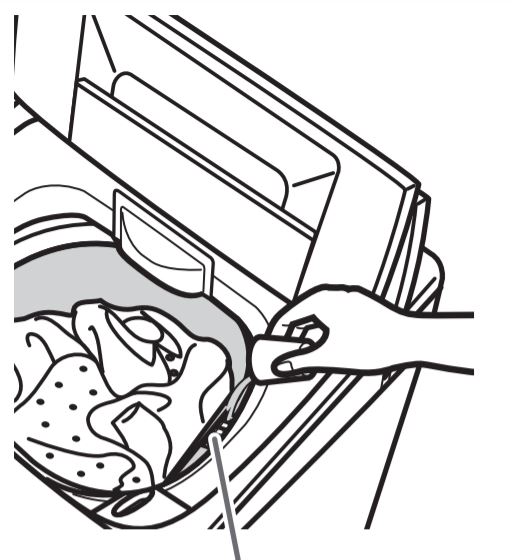
Where to Put the Bleach
If you have a liquid bleach, it most likely needs to be poured into the same well as the detergent. For powdered bleach, it should go into the same tray as the powdered detergent tray. I’m guessing this is why most Japanese don’t use chlorine bleach, the way the washing machine puts the product directly on to the clothing would easily stain the clothing — It isn’t diluted before being released into the washing cycle as in American machines.
Basic Washing
Just for the sake of simplicity, we’ll assume that you’ll only need the basic or automatic wash setting cycle.
- Push the power button – Look for “電源” and “切/入” sometimes its also marked by
 (power symbol). This button toggles the washing machine on and off. The machine should beep and the status/time display should turn on.
(power symbol). This button toggles the washing machine on and off. The machine should beep and the status/time display should turn on. - Close the lid and press the “スタート” button – The default cycle or “コース” should already be set to “機準” or “Standard Wash”
After the cycle has started, it should be fully automatic. The drum should turn the clothing a few times before letting the water in. It’s all a part of a feature that weighs the clothing and determines how much water to use.
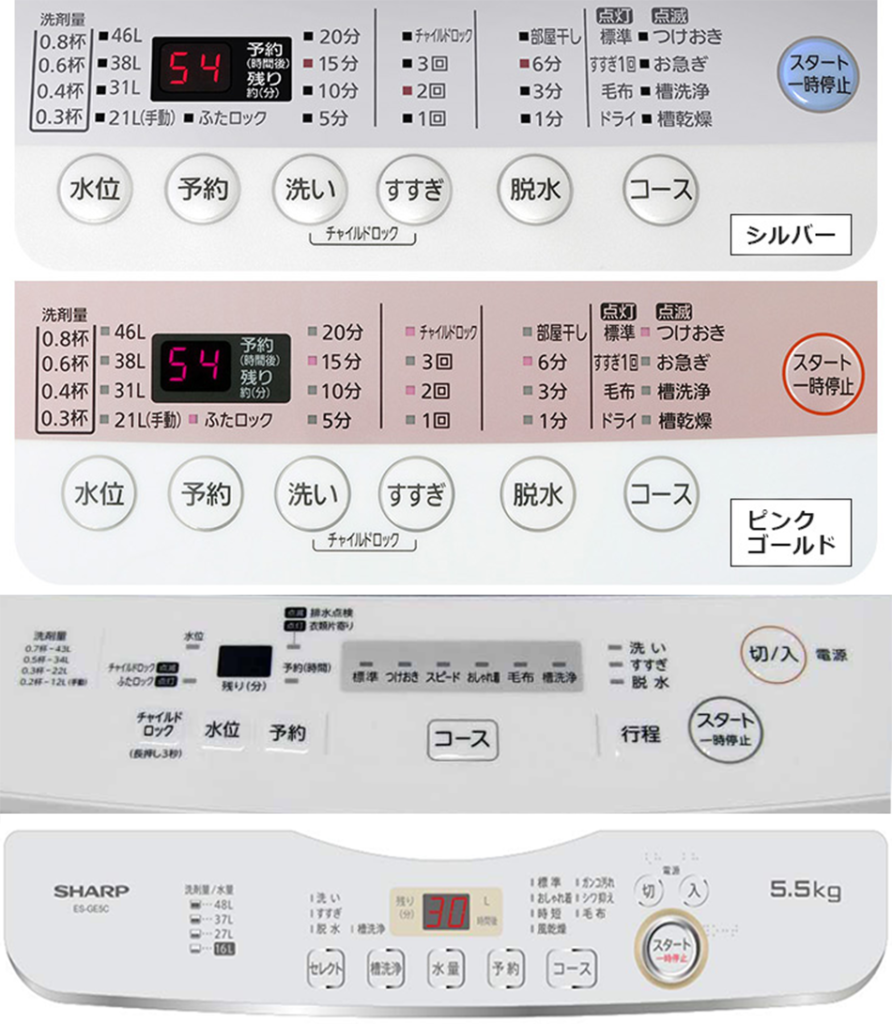
What! Only Cold Water?!
So you’ve noticed that the washer only has cold water and there is no option to have warm or hot washing water.
If you were born before a certain year, you might be wondering why the water is cold and there is no hot water for washing. I know that old laundry habits are hard to kick. Washers have changed and so have laundry detergents. You no longer have to use hot water to get clothes clean.
Modern detergents – in Japan, America, and the rest of the world – are much better at putting enzymes to work in removing dirt and stains at lower water temperatures. In fact, they are less effective at higher temperatures.
So, unless you are using a washing machine that’s older than a decade and you’re using detergent from 1995, I’d say that there is no need to use hot or even warm water washing. Not only will you save money in the form of cheaper energy bills but also save your clothing. It’s common knowledge that cold water is gentler on your clothes, and can protect them from fading, shrinking, or bleeding.
If you are concerned about disinfecting, there are plenty of safe (human and environmental) laundry products such as oxygen bleach to help with bacterial and mold.
If you are concerned about stains, it’s always best to pretreat strains according to the type of fabric *before* putting into the washing machine. It’s a subject well discussed over the internet, and a simple Google search will come up with some kind of solution.
If you don’t believe me, check out Consumer Reports’ article on “Don’t Bother Using Hot Water to Wash Your Laundry.” Even Smithsonian Magazine makes a fine argument for washing clothes in cold water. For extra reading visit ColdWaterSaves.org.
Cheat Sheet for using Japanese Washing Machines
Keep in mind washing machine controls differs by manufacturer and model, but I’ve created a simple cheat sheet of the most basic and most common controls. Feel free to print out or download it to your smartphone.
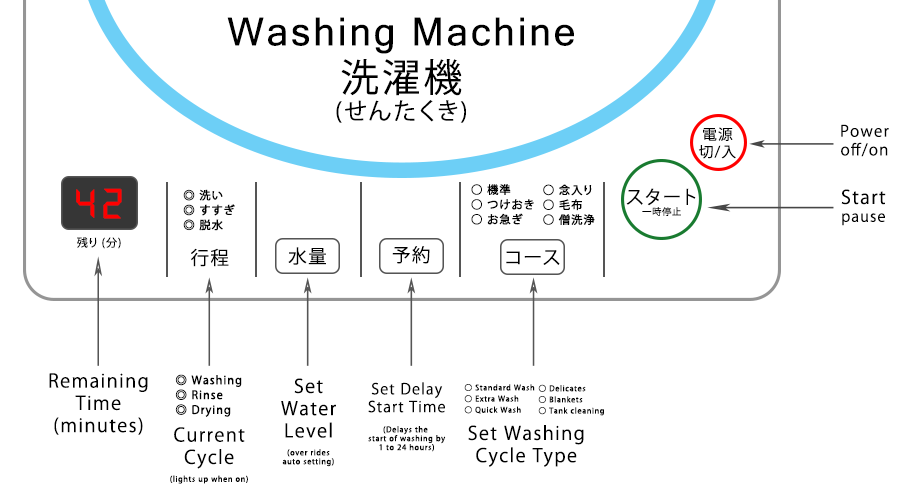
If there are extra features on your washing machine, then I suggest downloading a translation app on to your smartphone for real-time translation. I highly recommend Google’s Translate App (Apple App Store or Google Play Store) for on-the-fly translating with your smartphone’s camera.
Try to find your washing machine’s make and model number, and searching for the PDF manual online at the manufacturer’s website. Google’s Chrome web browser comes with automatic translations via Google Translate which you can install as an extension will greatly aid your search.
Good luck and happy washing!

